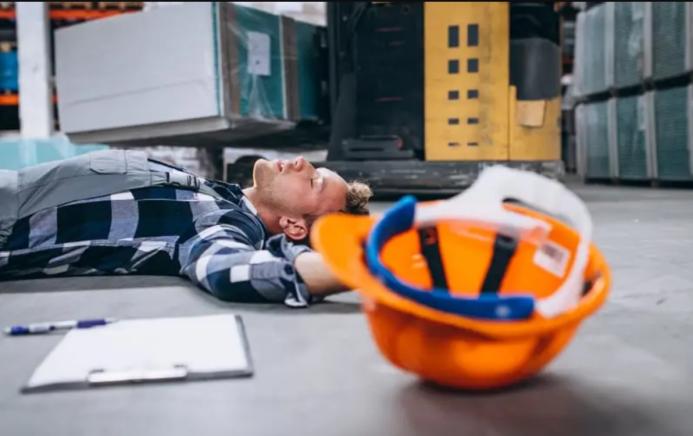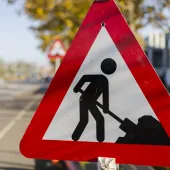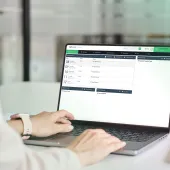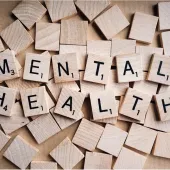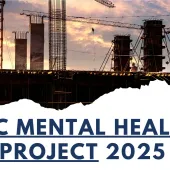Preventing slips, trips and falls as winter approaches
With darker evenings and colder weather setting in, the Health and Safety Executive (HSE) is reminding employers to take extra precautions to prevent slips, trips and falls, which account for over a third of all major workplace injuries.
Seasonal factors such as reduced daylight, excess rainwater and wet or decaying leaves can make surfaces slippery and increase the likelihood of accidents — particularly on construction sites, in yards and other outdoor work environments.
HSE guidance highlights that slips and trips are often caused by a combination of factors, including contaminated floors, poor lighting, unsuitable footwear, and ineffective cleaning regimes. Its Slip Potential Model helps employers assess risks by examining these contributing elements and implementing targeted control measures.
For trip hazards, the HSE’s Trip Potential Triangle emphasises three key areas:
- Walkways: ensuring they are correctly positioned, clearly marked and free from obstacles.
- Housekeeping: maintaining clear, clutter-free routes and promoting a “see it, sort it” approach among staff.
- Design and maintenance: checking that floors, stairs and handrails are safe, well lit and properly maintained.
Preventing slips and trips is often straightforward and cost-effective, the HSE says, but requires consistent attention to environmental conditions and staff awareness.
Further resources, case studies and prevention tools are available via the HSE’s slips and trips webpages, which also provide advice on what to do following a workplace accident.

